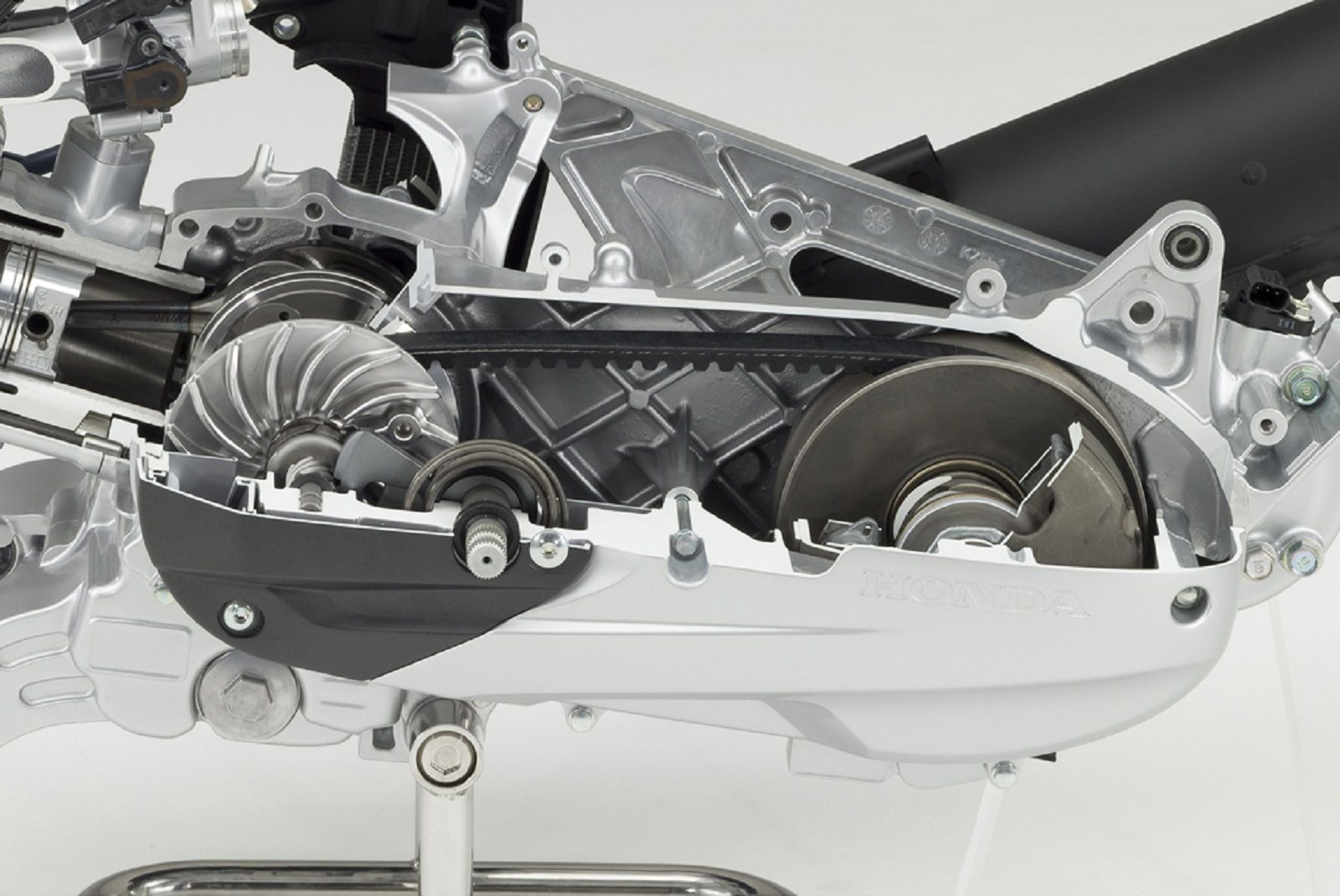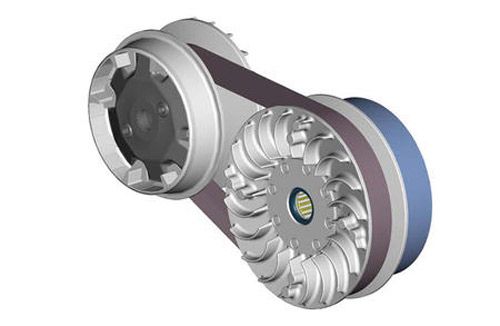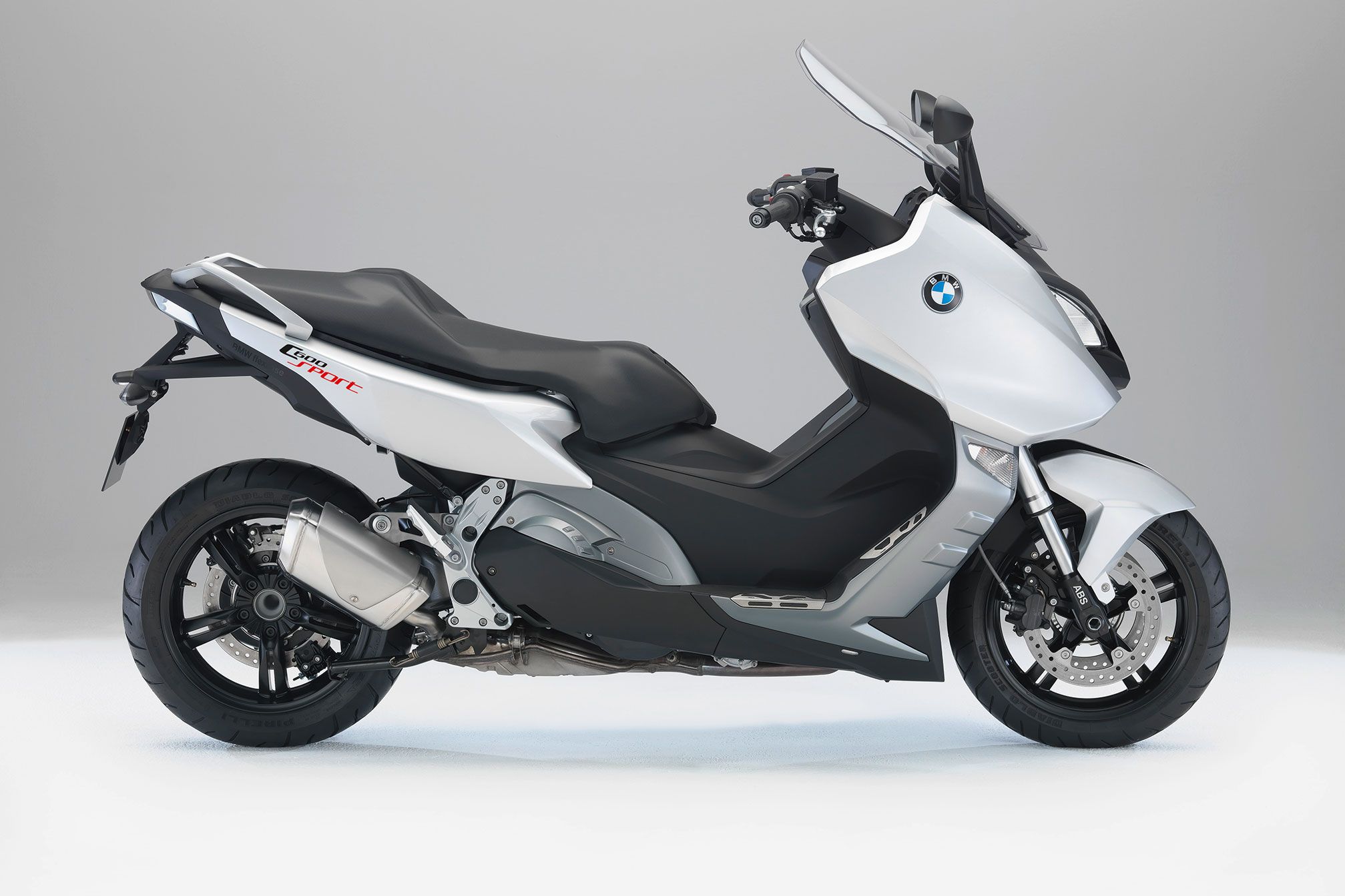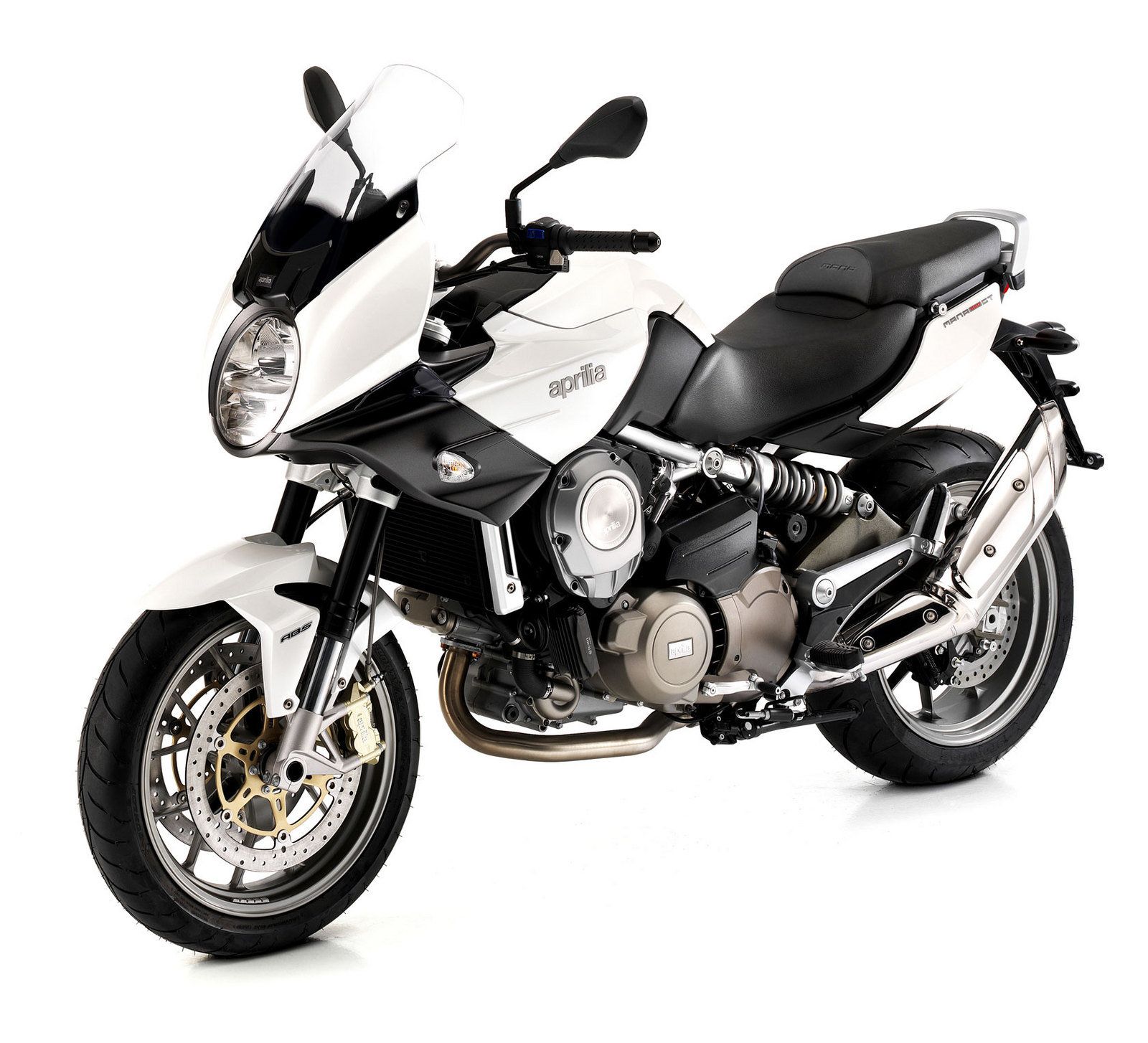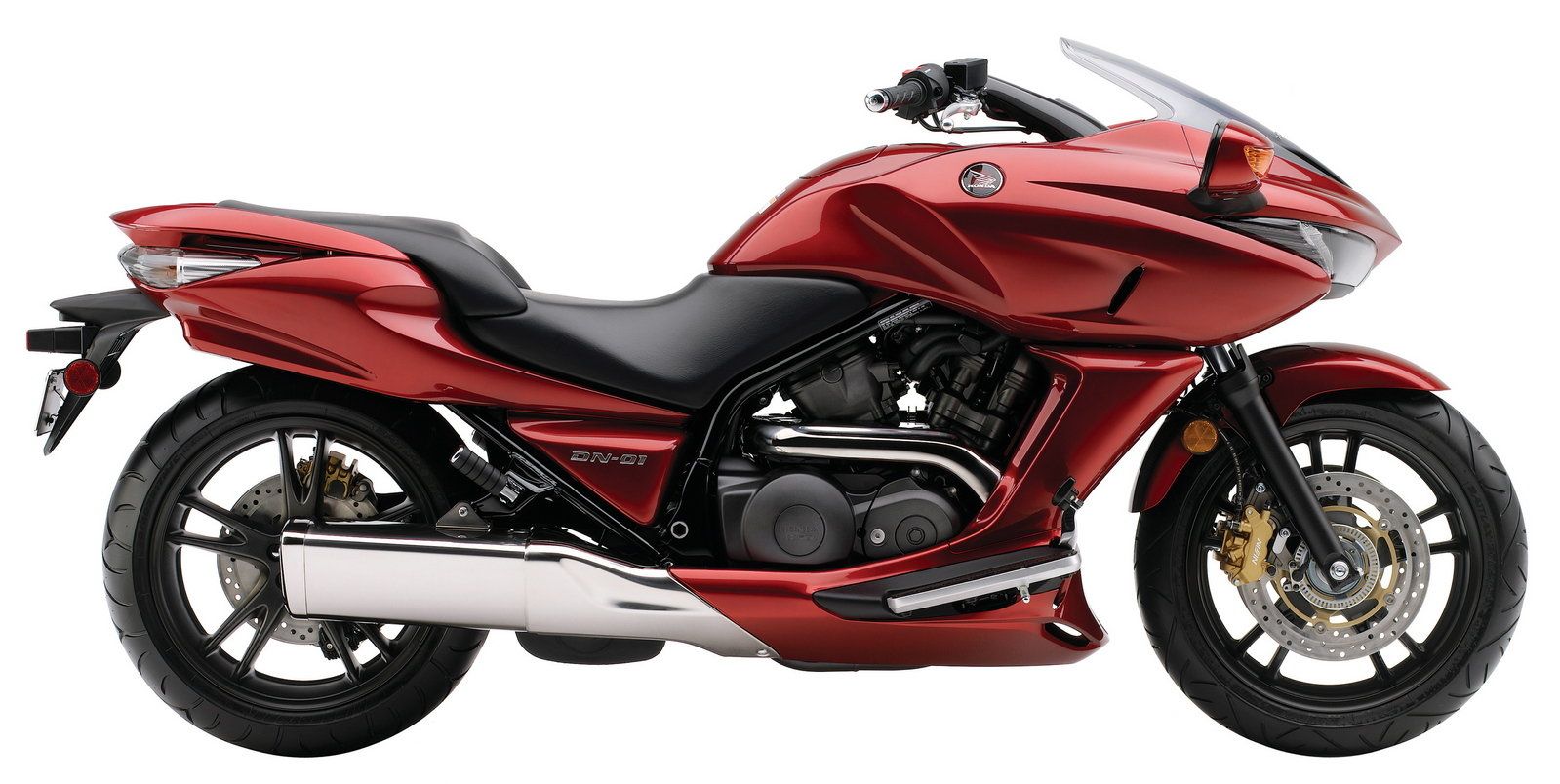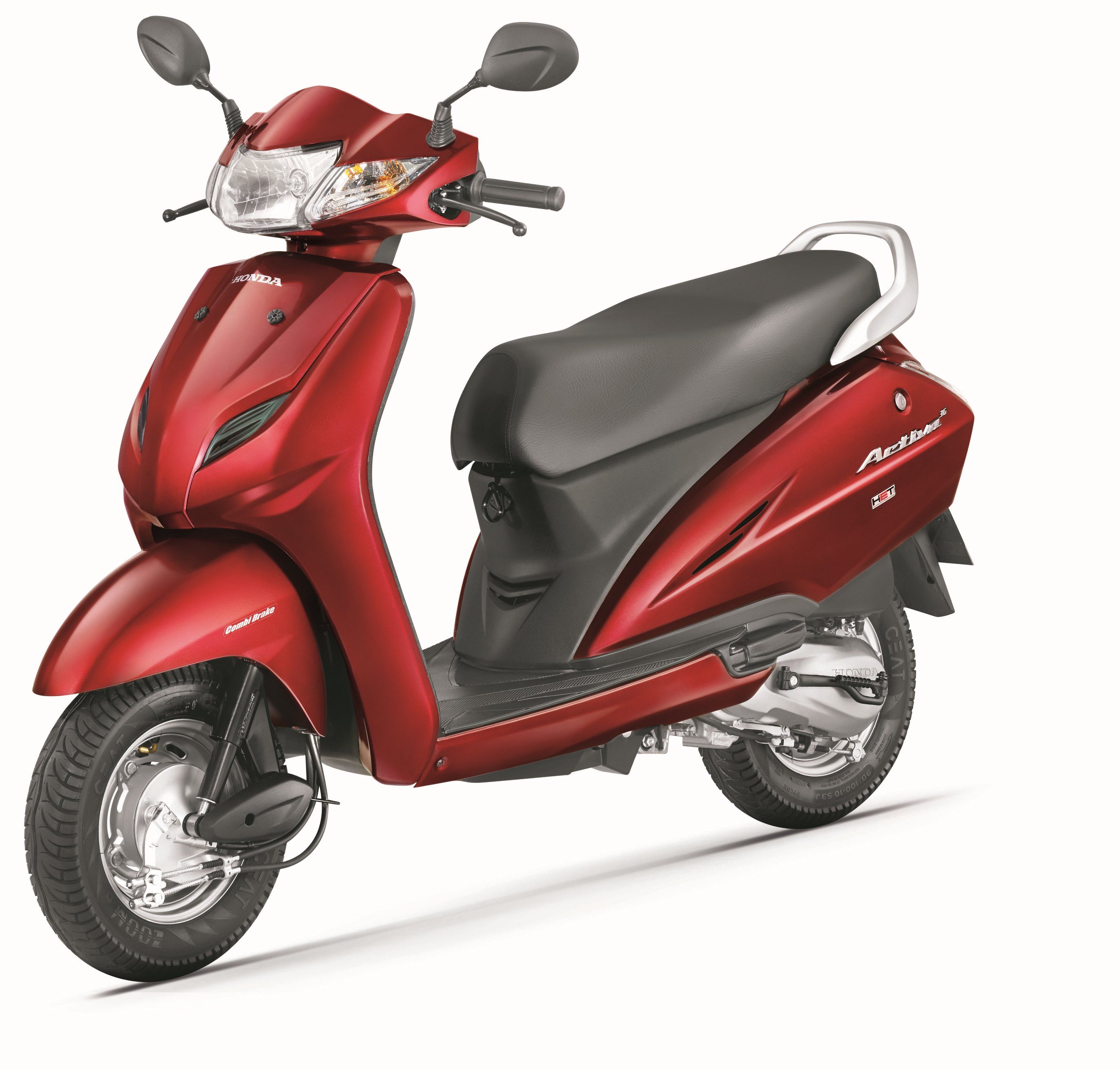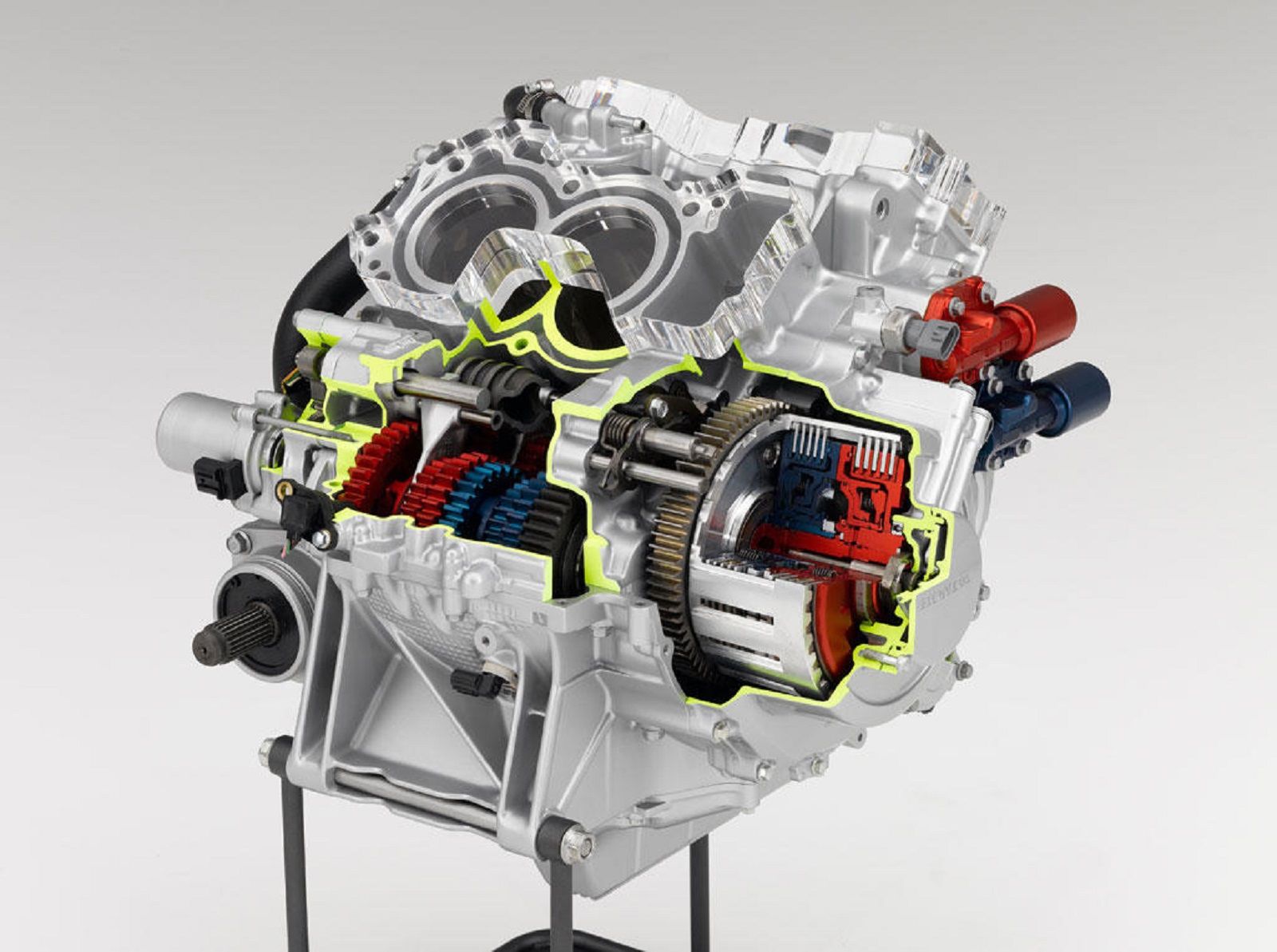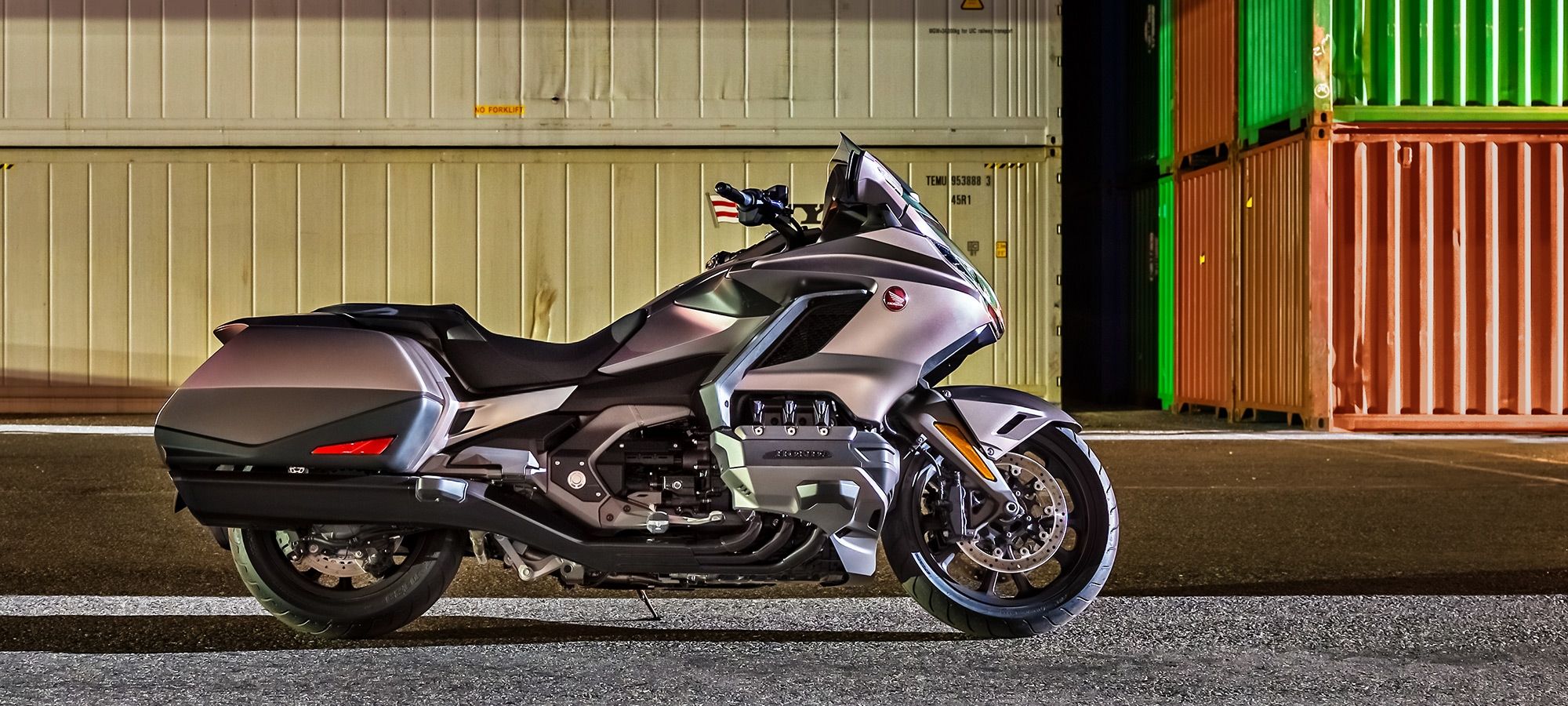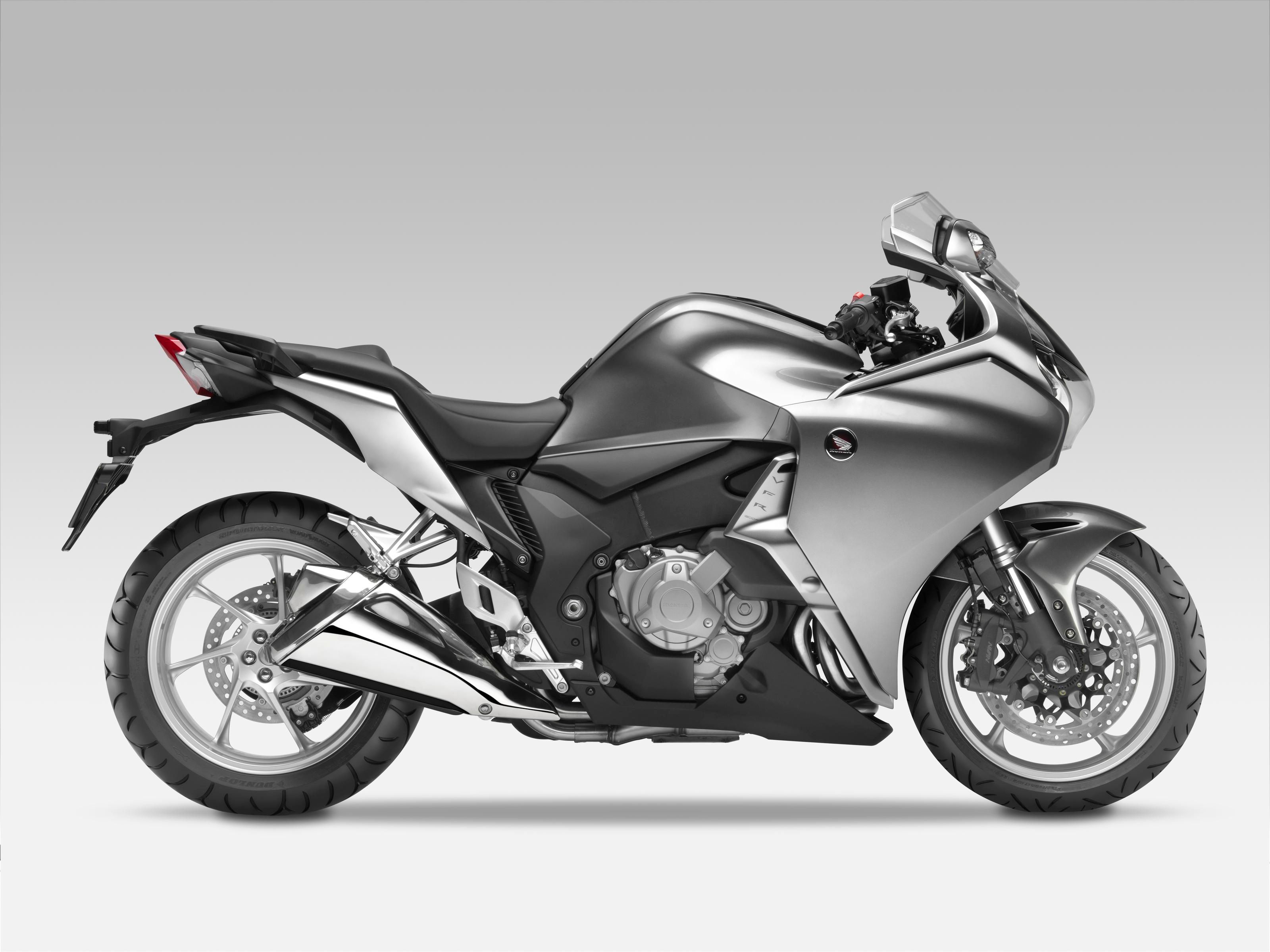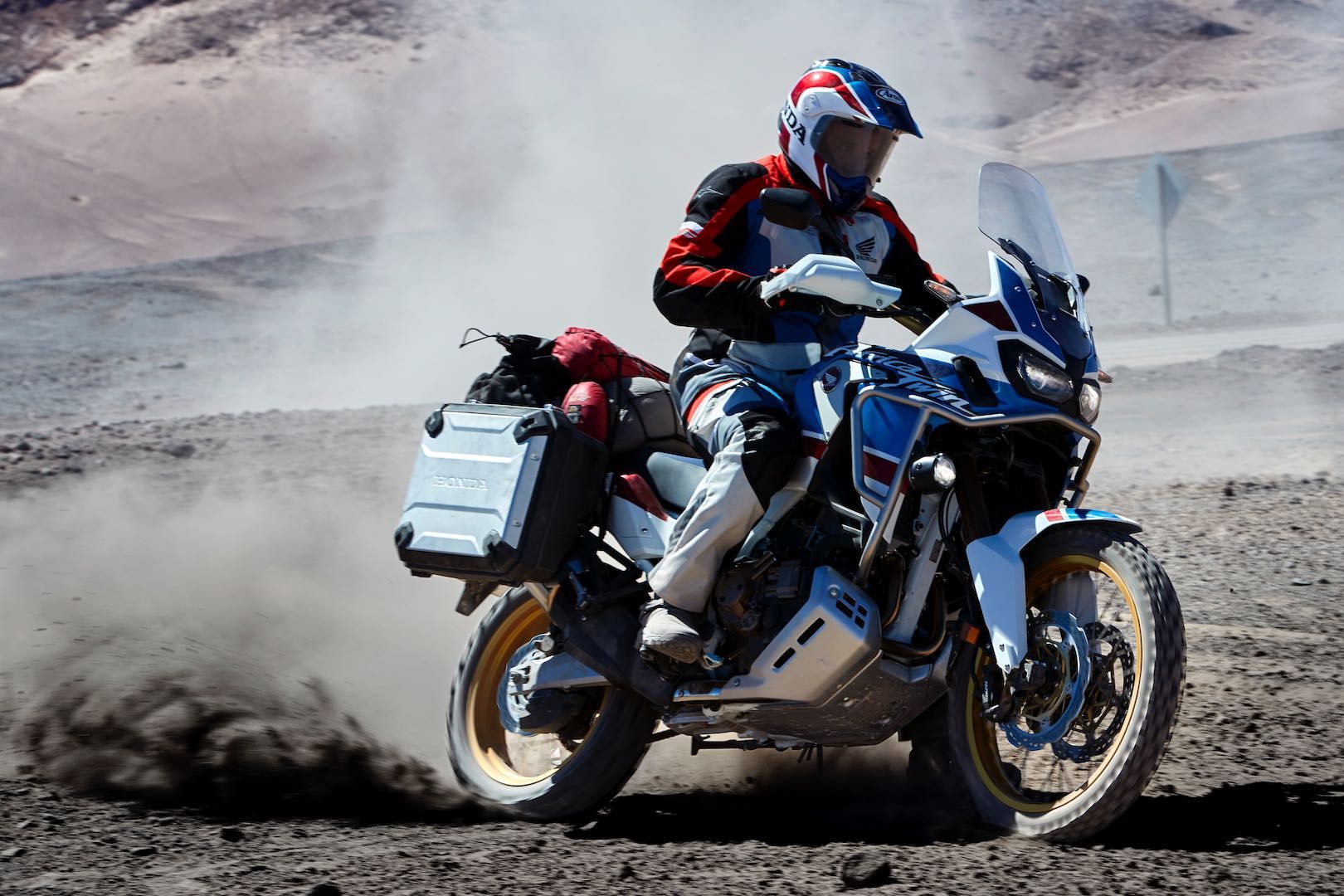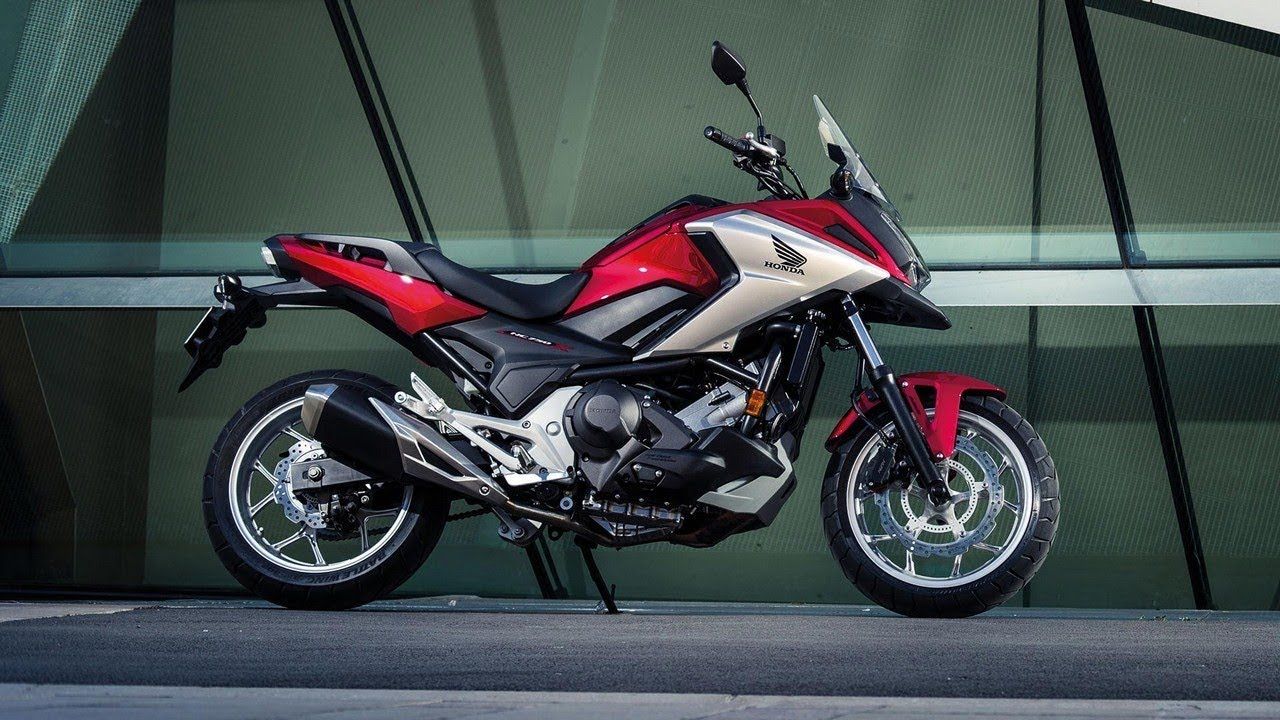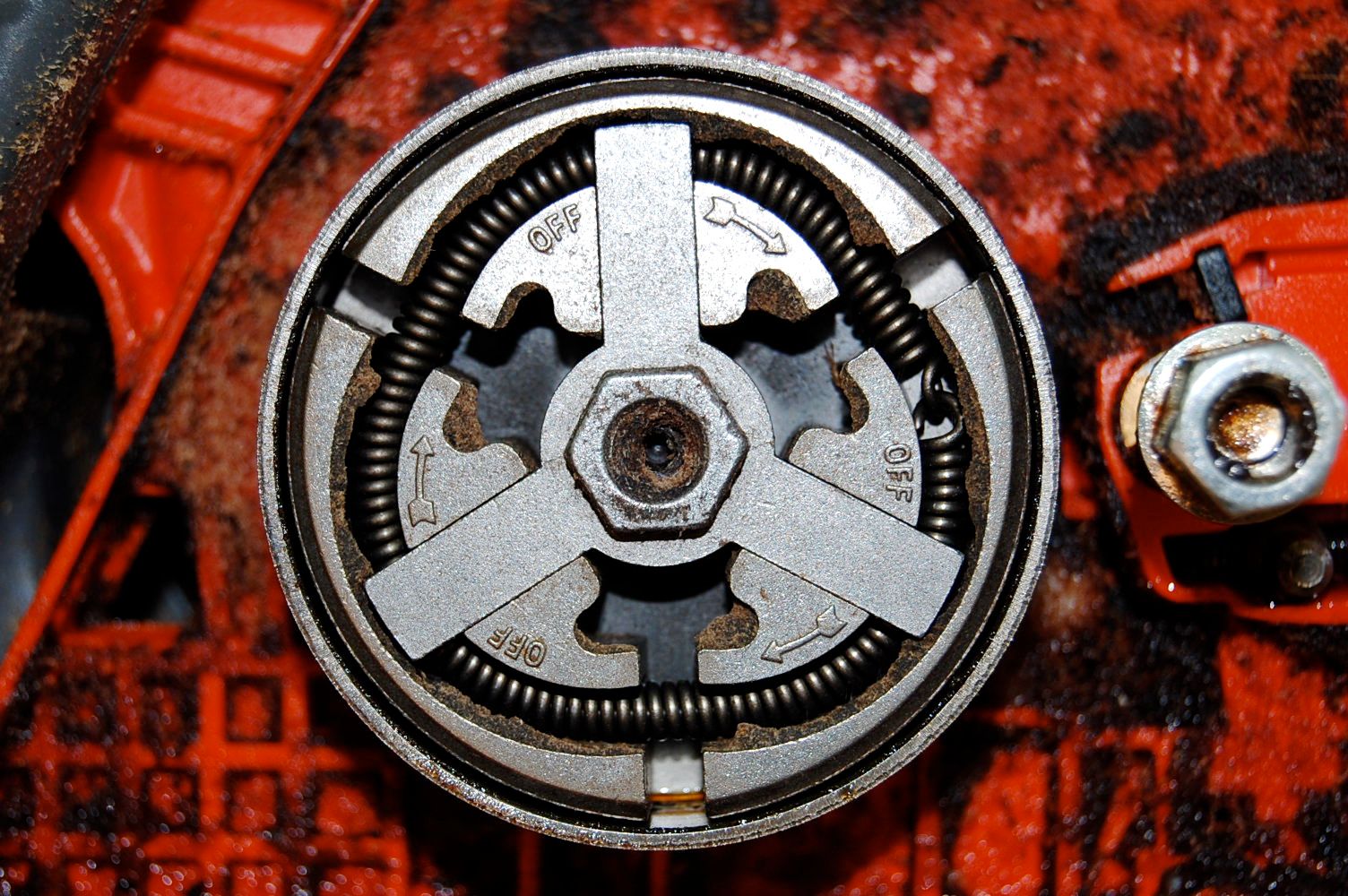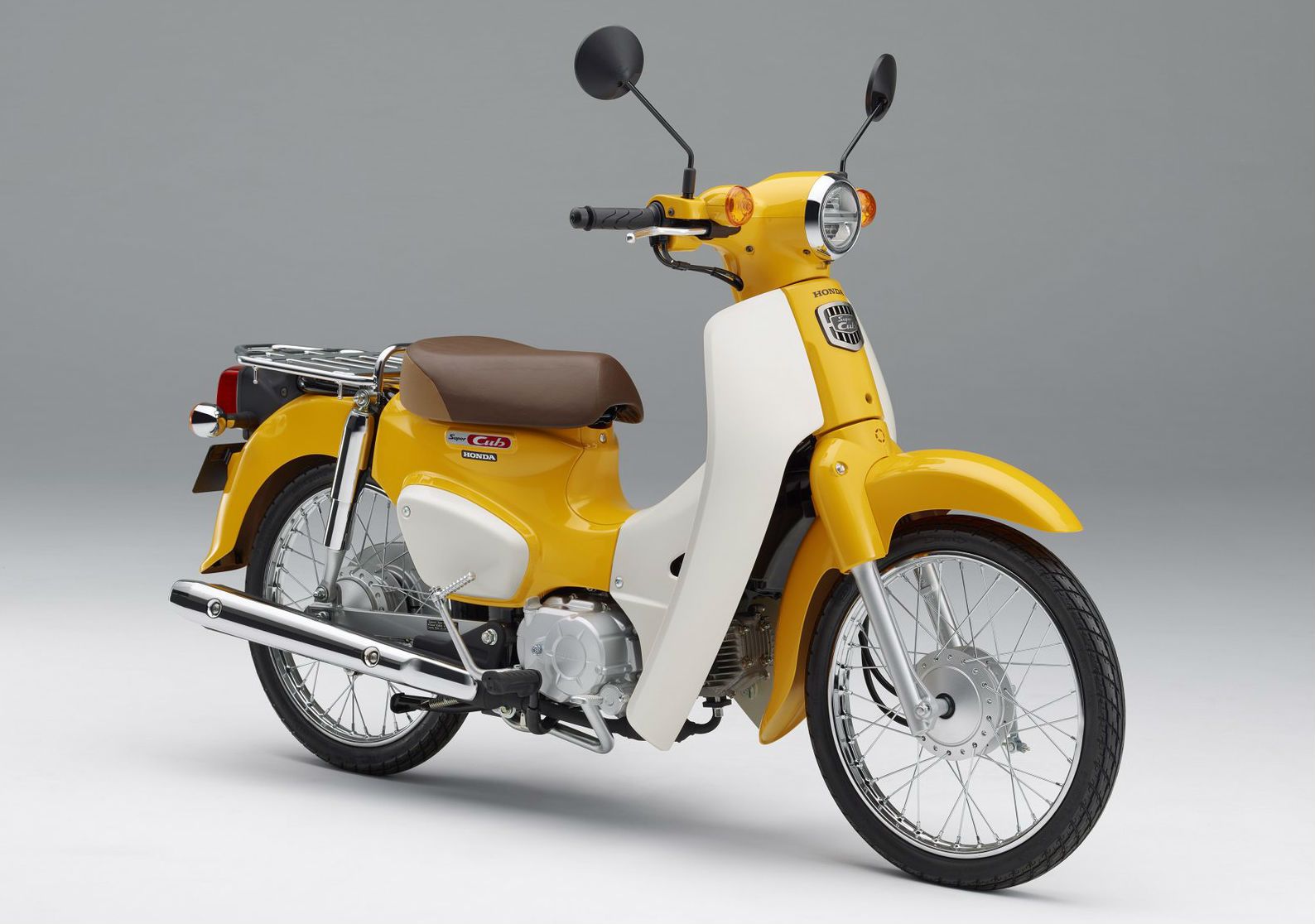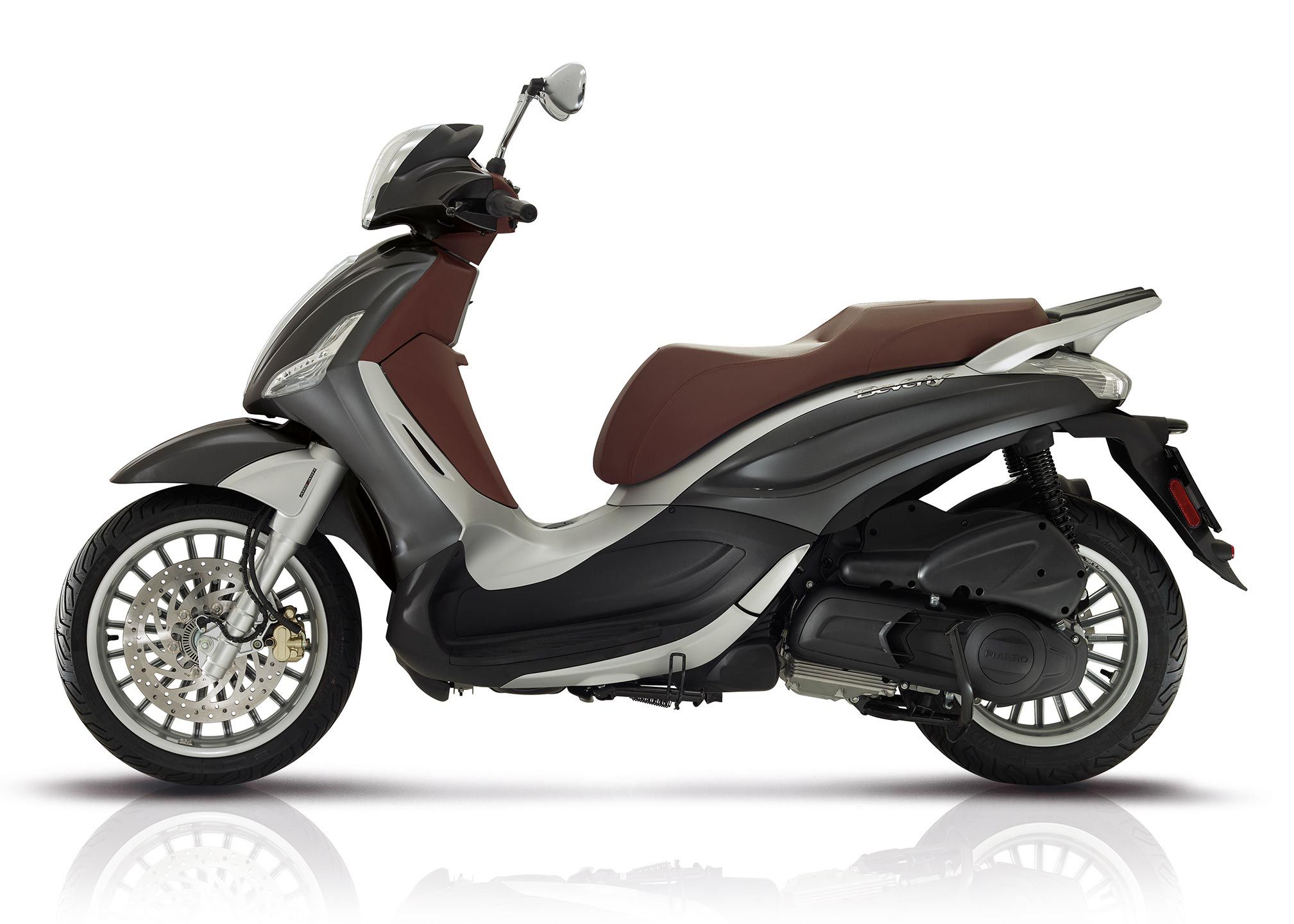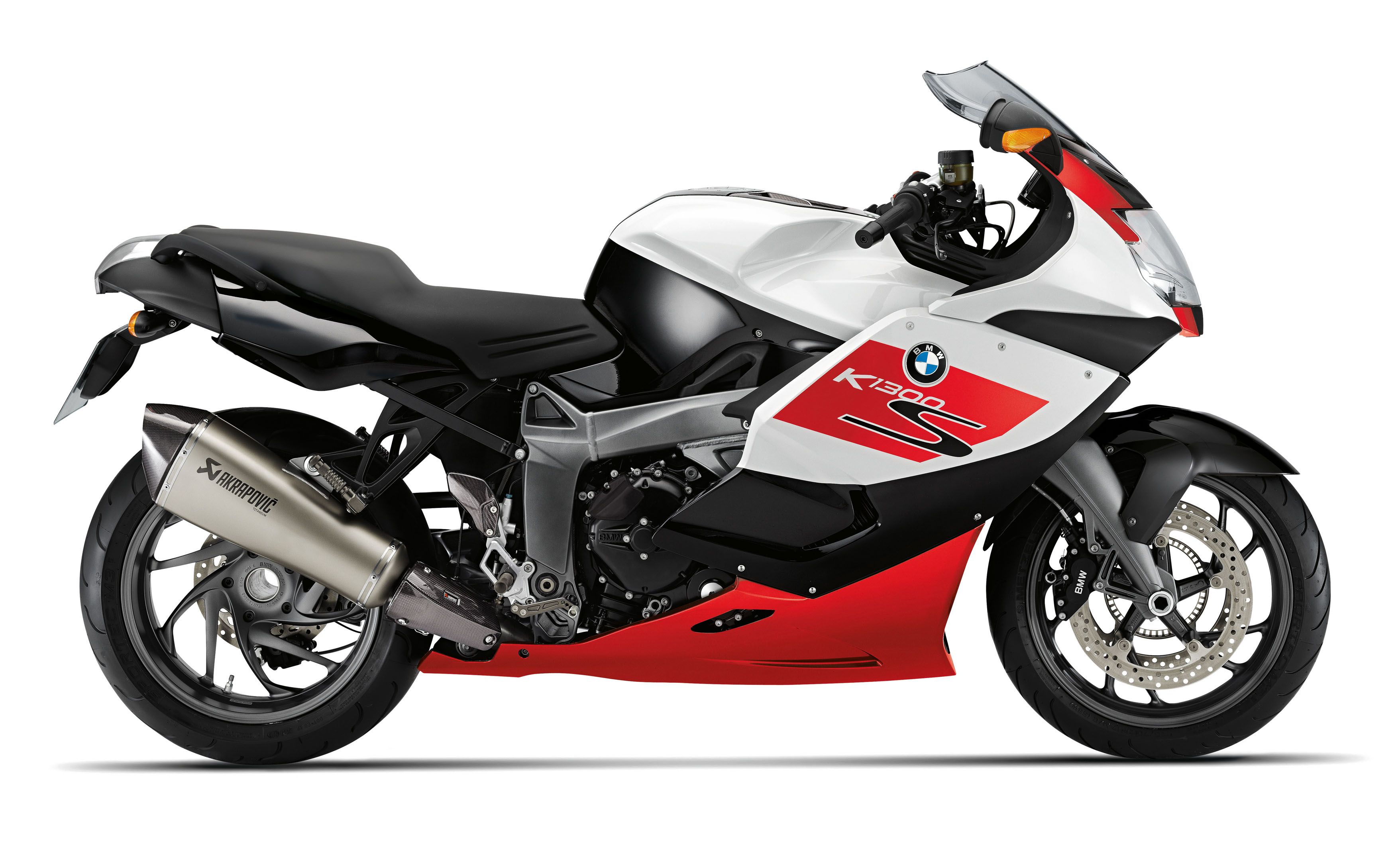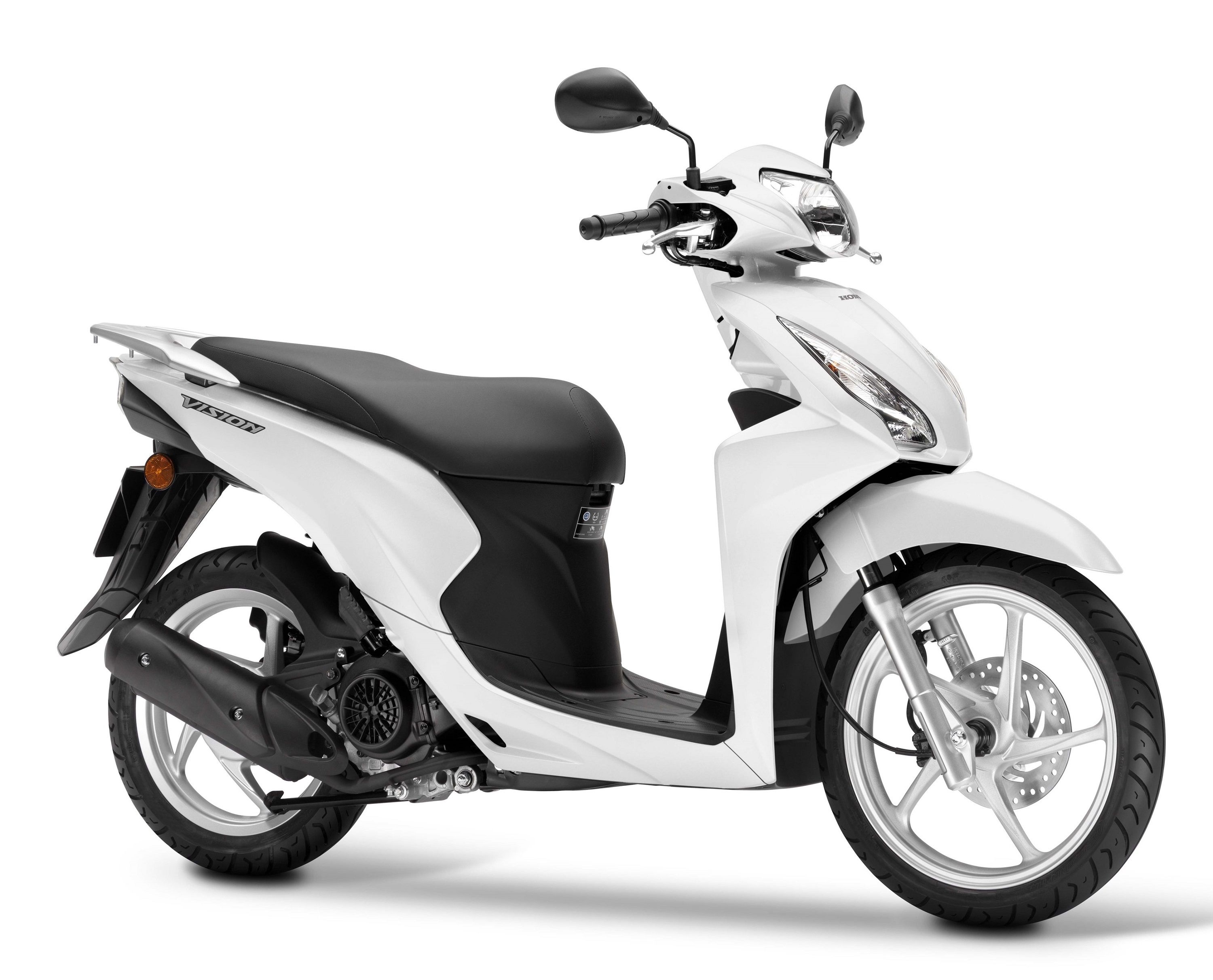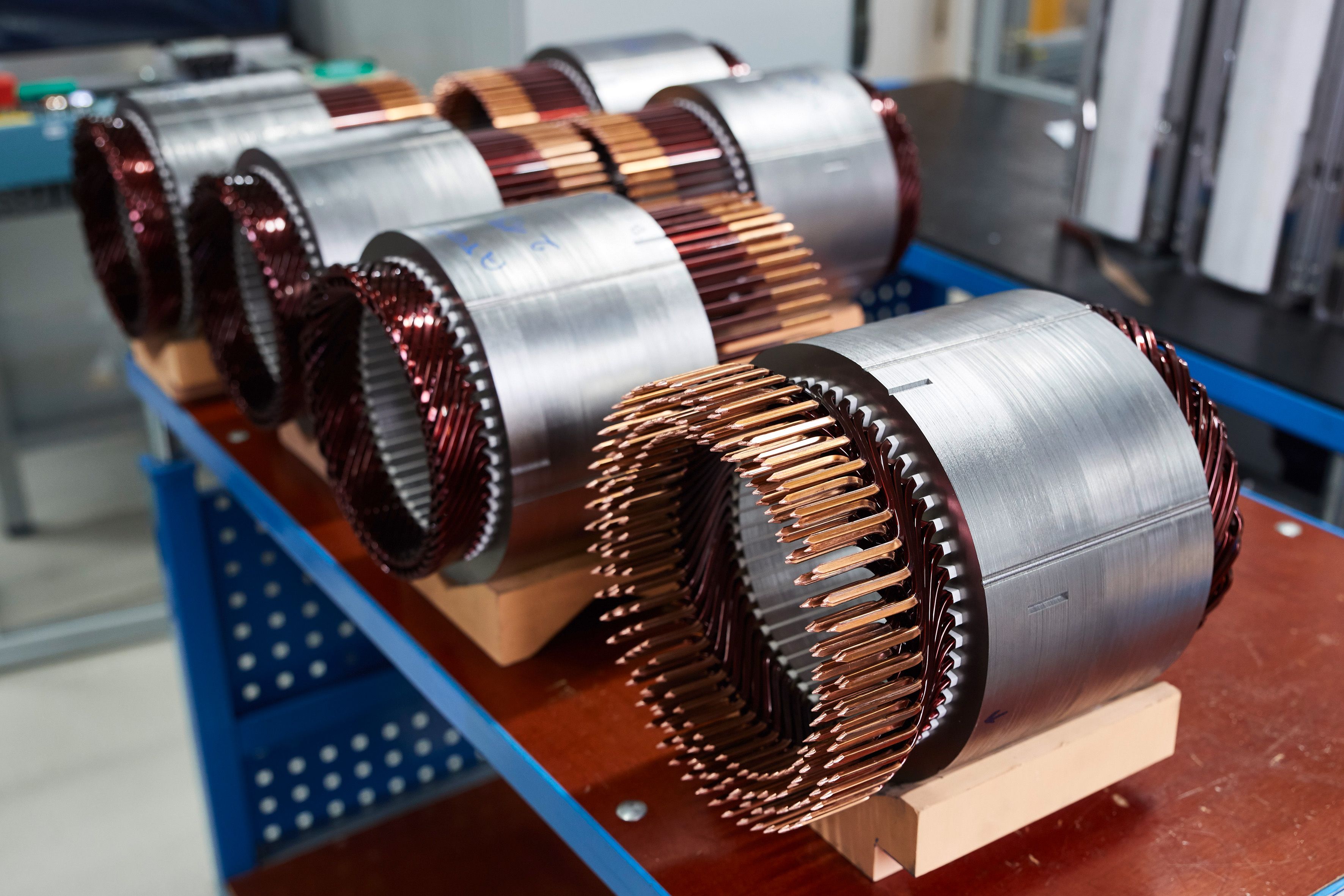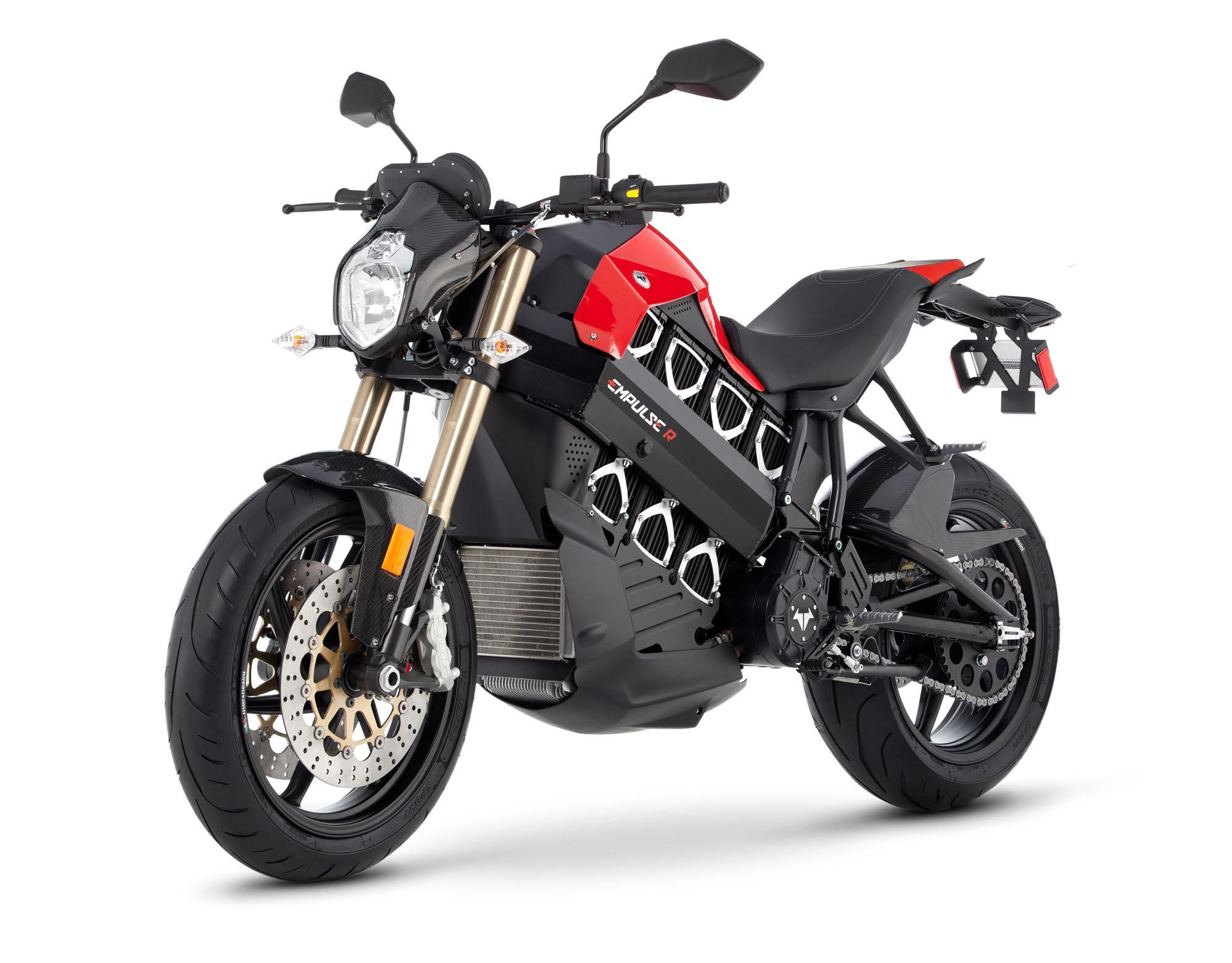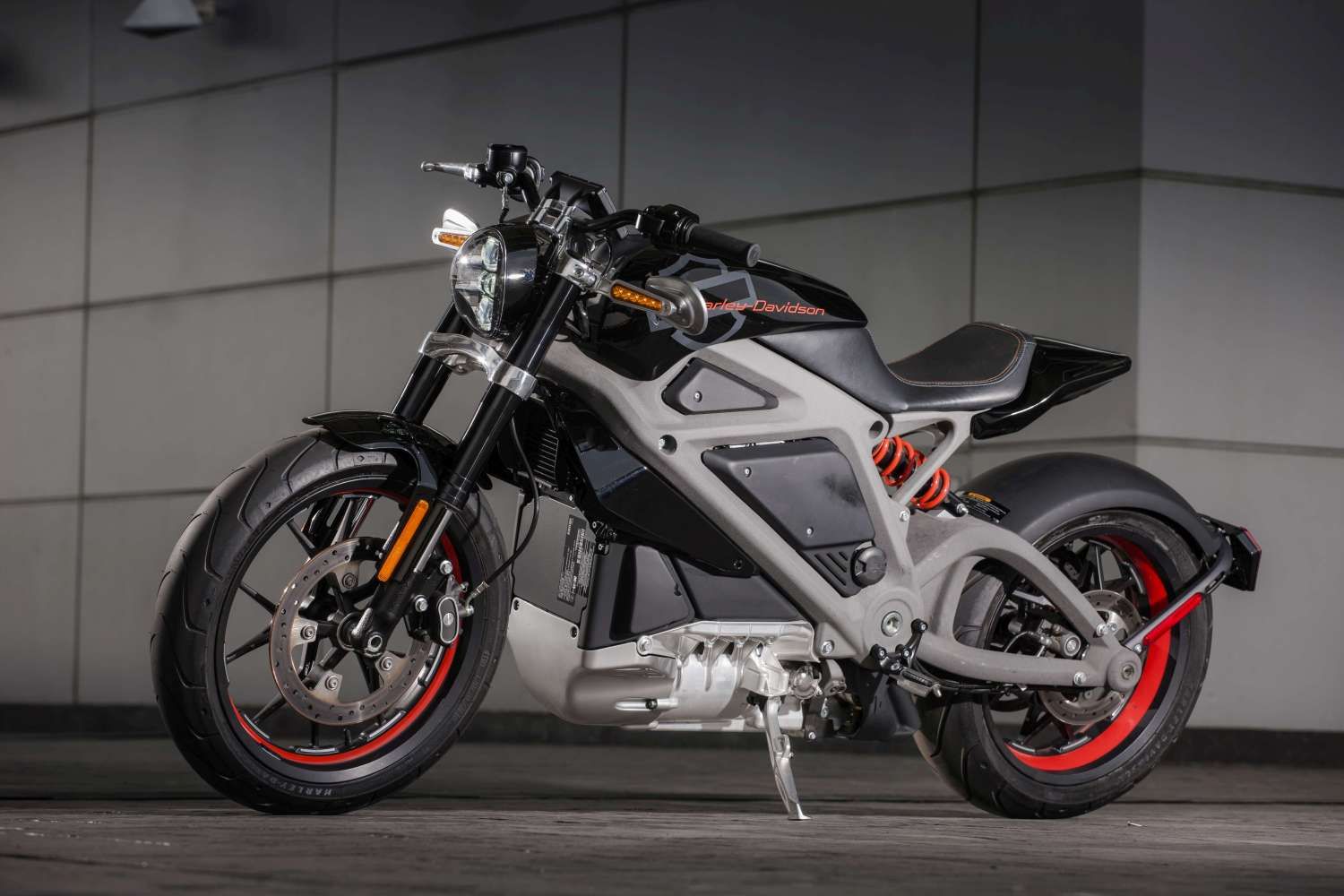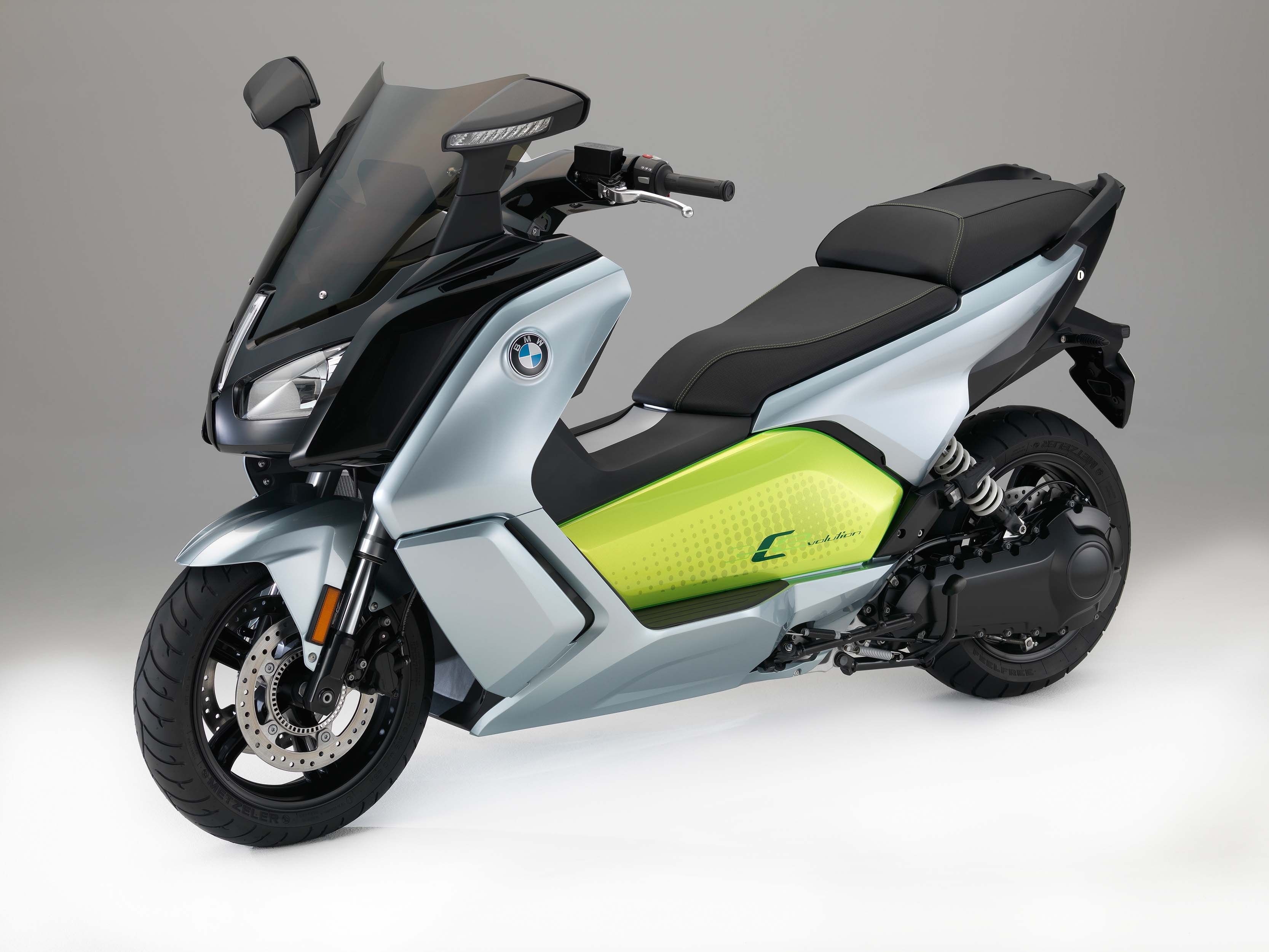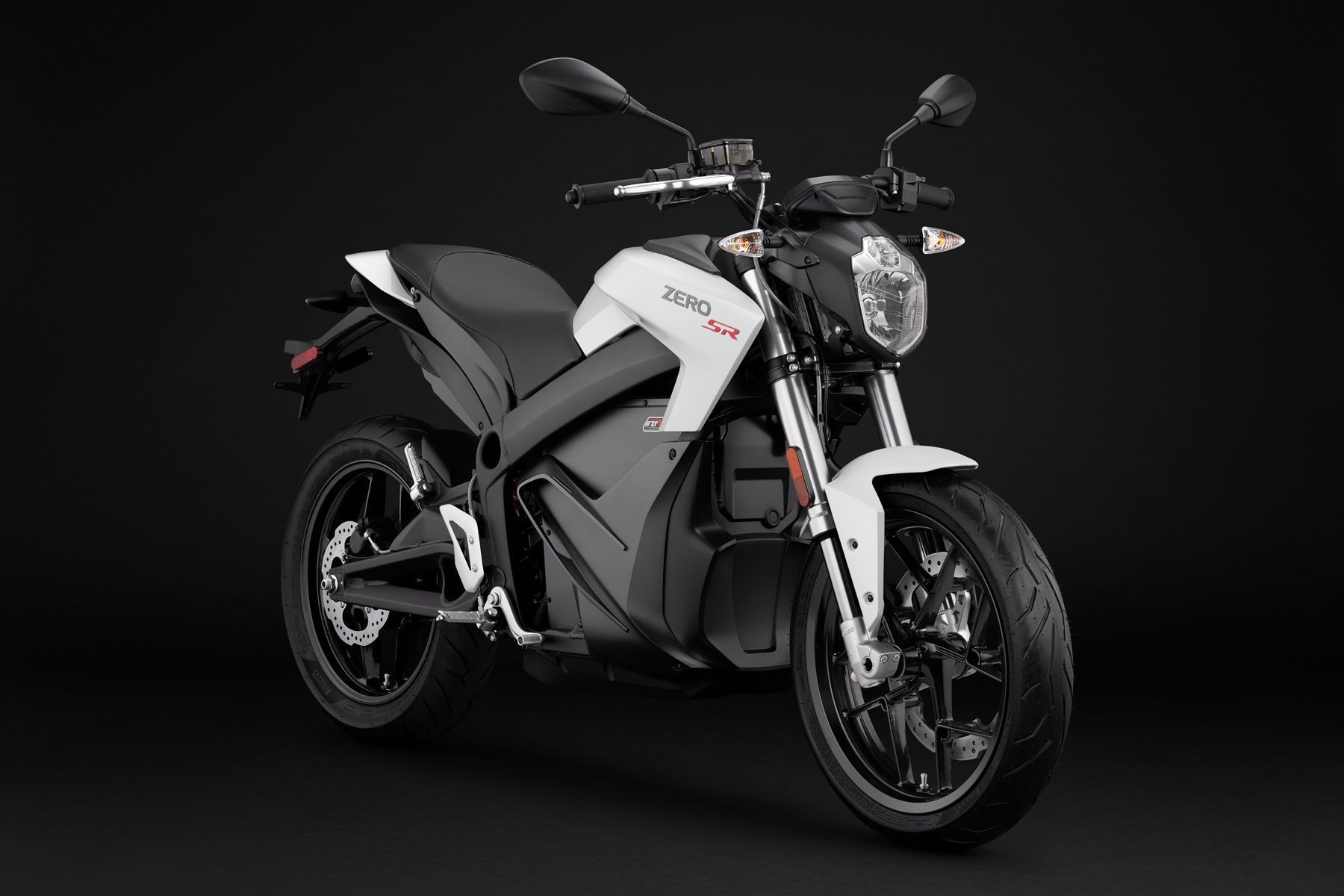Automatic vs. Manual has been a hot debate for the four-wheeler segment ever since the first automatic car was born in 1940 by General Motors’ Cadillac. And now, it seems like it will create similar situations in the two-wheeler segment as well. Or would it?
Honda has been at the forefront of new technology and has heavily invested into bringing automatic transmission to everyday motorcycles. It has been a pioneer in developing new forms of gear and clutch designs and is vying to change the dimensions of free riding, starting with the scooters all the way to the mighty Gold-Wing.
Every other major player has their own versions of the same having different acronyms but ultimately does the same job. It seems the manual transmission is well on its slide into obsolescence within the automotive world. And the ones responsible are these folks:
1. No shift automatics
Famously known as CVTs (Continuously Variable Transmissions), it was introduced into mass production by Honda in 1973. You just twist the throttle, and you are set to go. No shift lever, no neutral, no reverse and no leg pulls/push.
The CVT has three parts to it – two conical pulleys, a centrifugal clutch, and a belt. As the engine rpm increases, the centrifugal clutch pushes the belt onto one of the conical pulleys, and this causes the wheel to rotate, depending on the position of the belt on the conical pulley.
The faster the engine revolves, more of the clutch is displaced, and this pushes the belt to a higher section of the conical pulley. As a result, accelerating with a CVT is an incredibly smooth uninterrupted process.
All scooters available in the market are currently running on the CVT transmission, and every brand has their own variations of the same. Of course, there are other players too like Aprilia Mana and BMW’s C range of two-wheelers using this tech.
2. Dual clutch manumatics
Preserved for the four wheels, this piece of technology was brought into the biking world, again by Honda with their VFR1200F sport touring motorcycle in 2010. The engineers at Honda managed to take the Formula One-derived transmission and put this into the confined spaces of two wheels and make it change gears without any interruptions.
The DCT (Dual Clutch Transmission) uses two clutched instead of one. You get one for odd gears and one for even gears with benefits such as rapid and smooth shifting, genuine compression braking and a stall-proof operation.
The thumb-operated shift controls negate the discernible clutch grab that would otherwise give the distinctive driveline lurch. This will also provide eminent fuel economy along with the ease of use and convenience.
Currently, Honda is running the maximum number of models with this transmission including the VFR1200 series, CRF 1000L Africa Twin, NC750X, CTX700 and the recently launched Gold Wing.
3. Centrifugal clutch designs
There is a surprising story behind Honda developing the unique automatic centrifugal clutch for its Cub series. The goal was to produce a bike that could be operated one-handed, as at the time restaurant deliveries were made by bicycle riders carrying boxes with their right hand while steering with their left. The result was the birth of the revolutionary automatic centrifugal clutch.
They are not an automatic in a true sense. This kind of a system will allow the rider to manually change the gear with the push/pull of a leg, but there is no handlebar-mounted clutch lever. Also called as auto-clutch, they are predominantly found in all-terrain vehicles and entry-level dirt bikes.
This system allows the rider to stop and move in any gear and is activated only when the engine rpm increases from an idle situation. As the engine rpm increases, the centrifugal clutch pushes the steel shoes and then the driveshaft. Such a mechanism wears out sooner than others, especially in a stop/go urban traffic commute.
This clutch was seen mostly on all scooters and bikes you get in South East Asian countries like Vietnam or Thailand. Centrifugal clutches are also majorly used on go-karts, snowmobiles, and other vehicles of conveyance. BMW uses this on their K 1300 range of motorcycles as well.
Electric motors
Time and again it has been proved that electric/hybrid vehicles have an overwhelming advantage especially to ride within the town and this evolution has been a gradual process for some – and an exciting start for others. With stalwarts like Harley Davidson, Indian, BMW and all major auto-makers having electric powertrain technology in the pipeline, the future is going electric.
With a simple battery-motor principle, there is not much complexity regarding the number of parts used. The compact direct drive mechanism allows the electric motor to spin to all its glory with inputs from the throttle, just like in CVTs’. The added advantage here is that electric motors have instant torque and are much quicker than the CVTs’.
This is the simplest form of auto transmission one can see on a two-wheeler, and the manufacturer can have multiple iterations of the same principle. They can either opt for a single-drive setup or add gears for optimum control options.
Companies like Energica, Empulse, Curtis, Zero and many others are fully electric companies that cater to only electric powertrain system. And slowly, everyone else will follow suit.

